According to UNESCO, Global Geoparks are areas of international significance due to their geological and geomorphological features. This organization started researching Geoparks in 2001. In 2004, representatives of 17 Geoparks around the world met in Paris, France, to establish the Global Geoparks Network.
This is a place where countries exchange, cooperate, and share experiences on the conservation of geological heritage. The Global Geopark sets standards for the conservation of geoheritage in harmony with the preservation of Indigenous cultures and economic and tourism development.
In Vietnam, there are three places that UNESCO has recognized as a Global Geopark:
1. Dong Van Karst Plateau (Ha Giang)
Dong Van Karst plateau is located in the northernmost part of Vietnam, where there are many beautiful natural landscapes and rugged and majestic rocky mountains. With the wild beauty of the mountainous area, Dong Van Karst Plateau has touched many hearts of tourists coming here.
The first land of the country attracts tourists by the beauty of the majestic mountains, the traditional cultural values in the ethnic minority communities and the beautiful flower seasons.
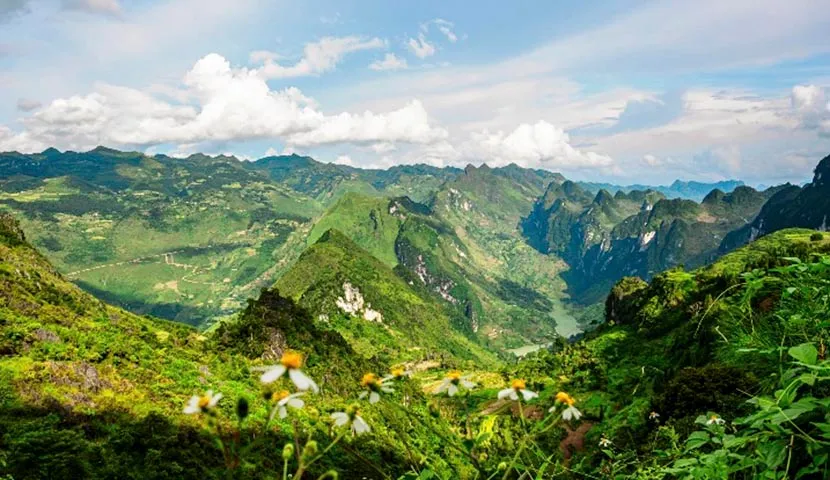
From the top of Ma Pi Leng Pass, the Nho Que River looks like a meandering, soft green thread surrounded by majestic cliffs.
Wandering on the roads of Dong Van Karst Plateau, visitors will be amazed by the beautiful scenery of the sea of clouds on Quan Ba Heaven Gate, zigzag and winding Bac Sum slope, Sung La Valley with small roofs of cob houses and gentle buckwheat flower fields; The palace of King Meo; Lung Cu flagpole; Moon rock field…

The buckwheat flower field with rustic and peaceful beauty.
Among of many rocky mountains, Dong Van Stone Plateau is also a place of coexistence of ethnic minorities such as: Mong, Dao, Tay, Nung, Lo Lo, Pu Peo ... with many unique cultural traditions. Visitors will admire the beautiful natural scenery along with the colorful cultural space and the typical sounds of the mountain of Vietnam.
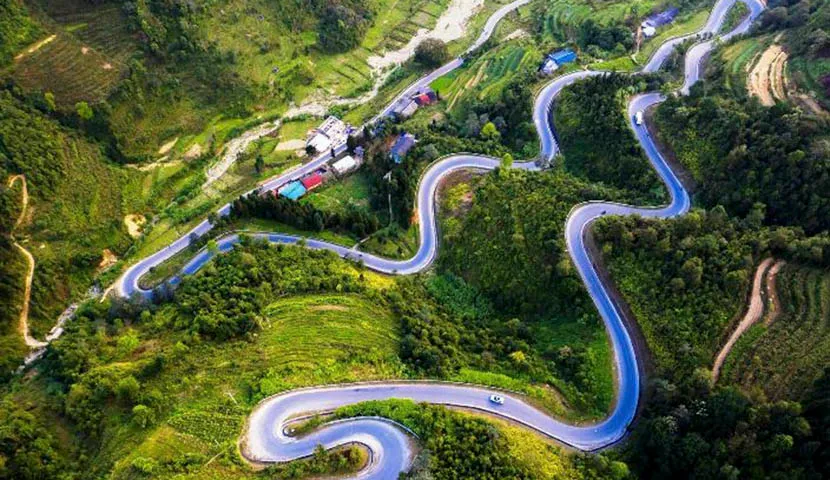
The slope of Bac Sum starts from the commune of Minh Tan (Vi Xuyen) to the commune of Quyet Tien (Quan Ba)
The majesty of the mountains and forests, the wild and poetic natural landscape, and the culture and hospitality of people on the karst plateau create a special attraction. Although nature is harsh, the land is mainly limestone; however, in that harshness, flowers still bloom, coloring the land of Dong Van more and more beautiful.
2. Non Nuoc Cao Bang Geopark
Non NuocCao Bang Geopark is located in the northern of country, on the border of many districts of Cao Bang province such as Ha Quang, Trung Khanh, Ha Lang, Hoa An, Nguyen Binh, and Thach An with an area of more than 3,000 square kilometers.
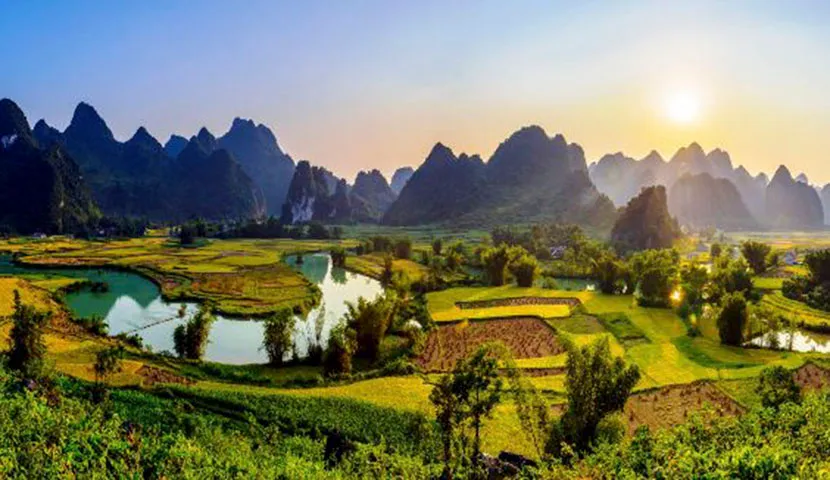
It is the ideal place to demonstrate a history of complex geological development spanning more than 500 million years.
In April 2018, Non NuocCao Bang Geopark was recognized by UNESCO as a Global Geopark.
The landscape of limestone mountains, valleys, caves, rivers, blue lakes, fossils, marine sediments, volcanic rocks, minerals... create the rare uniqueness of the Park. Non Nuoc Cao Bang geology, where visitors can learn the geology with a history of over 500 million years of the Earth.
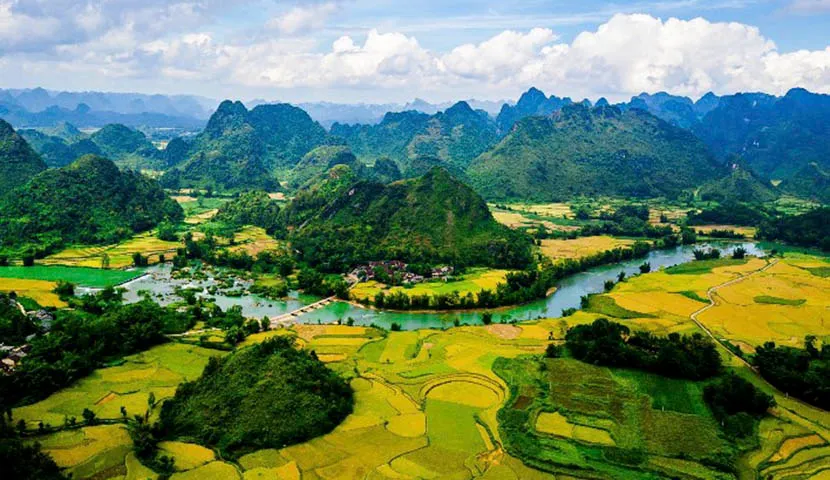
The majestic wilderness of Non Nuoc Cao Bang seen from above.
Not only has unique geological features, this is also a land of rich culture and history with more than 200 ranked cultural and historical relics, including 3 special national relics, 23 national relics, and the base of the Vietnamese revolution during the war against the French; inhabited by 9 different ethnic groups, such as Tay, Nung, Mong, Kinh, Dao, San Chay...
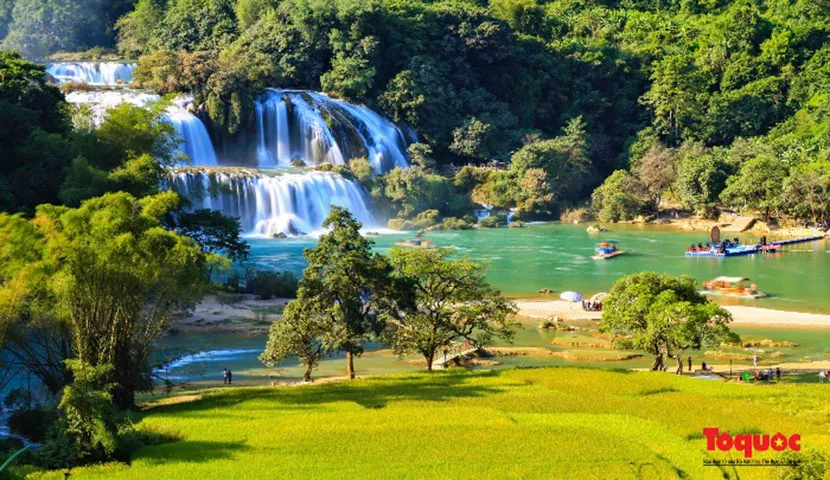
Ban Gioc Waterfall, located in Non Nuoc Cao Bang Geopark, is one of the four largest transnational waterfalls in the world (Photo: To Quoc)
3. Dak Nong Geopark
Dak Nong Global Geopark covers an area of more than 4,700 square kilometers, stretching across six districts and towns, including Krong No, Cu Jut, Dak Mil, Dak Song, Dak Glong, and Gia Nghia town of Dak province.
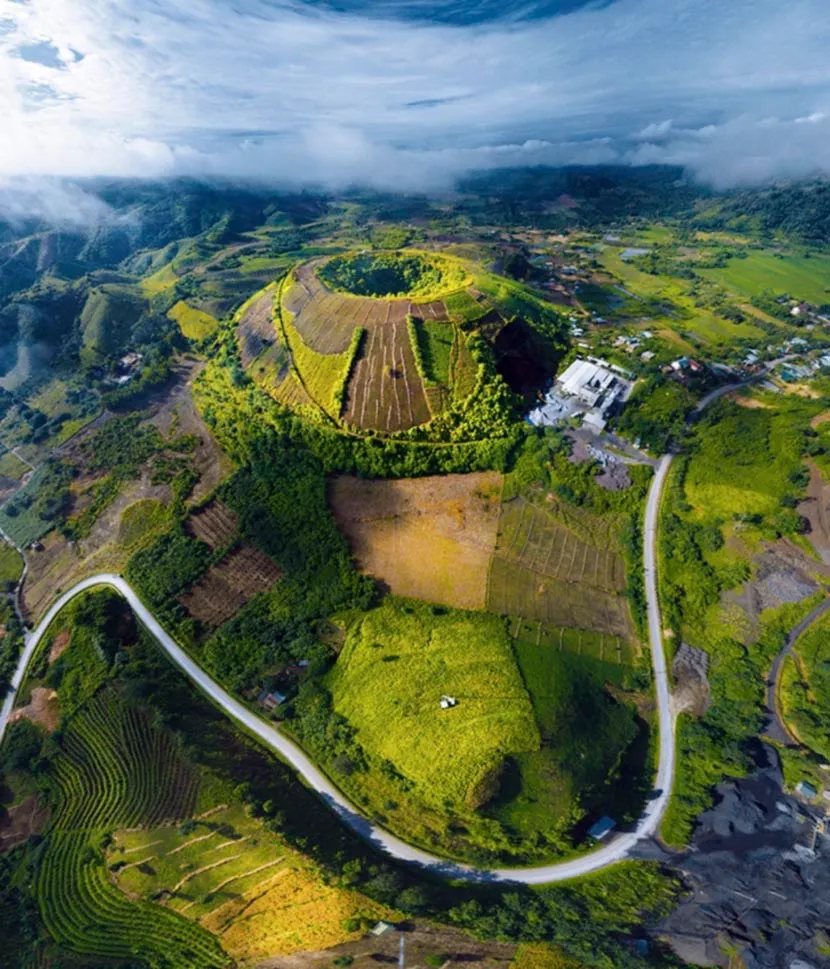
Dak Nong Global Geopark.
On July 7, 2020, the International Relations and Programs Committee of the UNESCO Executive Board at its Headquarters in Paris approved the decision to recognize Dak Nong Geopark as a Global Geopark.
With 65 geological heritage sites, of which seven are world-class geological heritage sites, Dak Nong Global Geopark converges all typical values in terms of geology, geomorphology, culture as well as culture, typical biodiversity of the area.
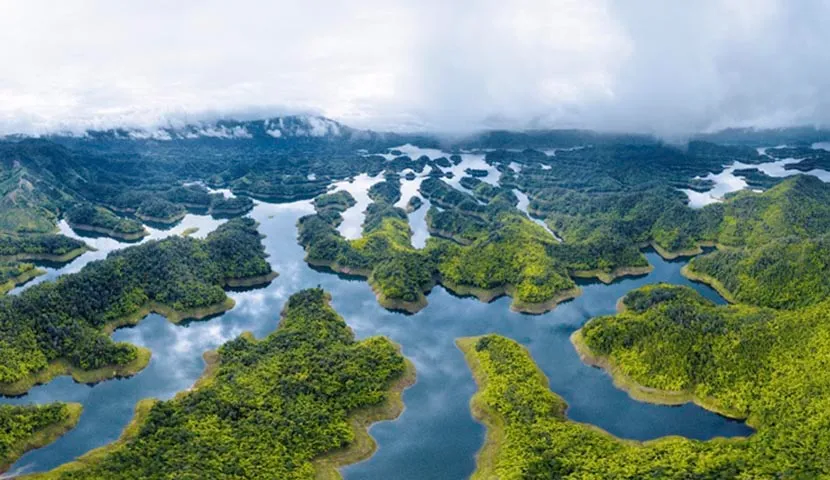
Ta Dung Lake Heritage Site in Dak Nong Global Geopark.
When visitors come to Dak Nong Global Geopark, they can explore and experience the unique and pristine system of volcanic caves in basalt. They can also admire the wild and majestic landscapes such as Bang Mo volcano (Cu Jut district).
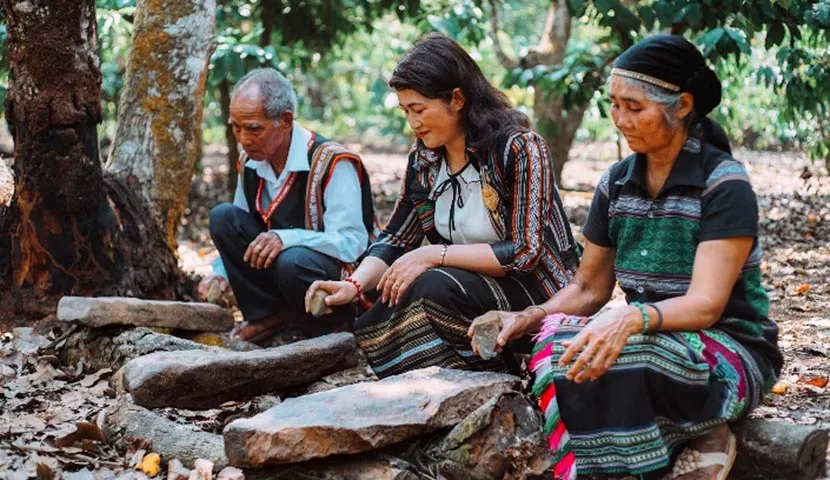
The art of stone instrument performance in the Dak Nong Global Geopark.
With the longest volcanic cave system in Southeast Asia, biodiversity, many unique cultural and geological features, Dak Nong Global Geopark is an ideal destination for those who love to explore and experience.
See more:
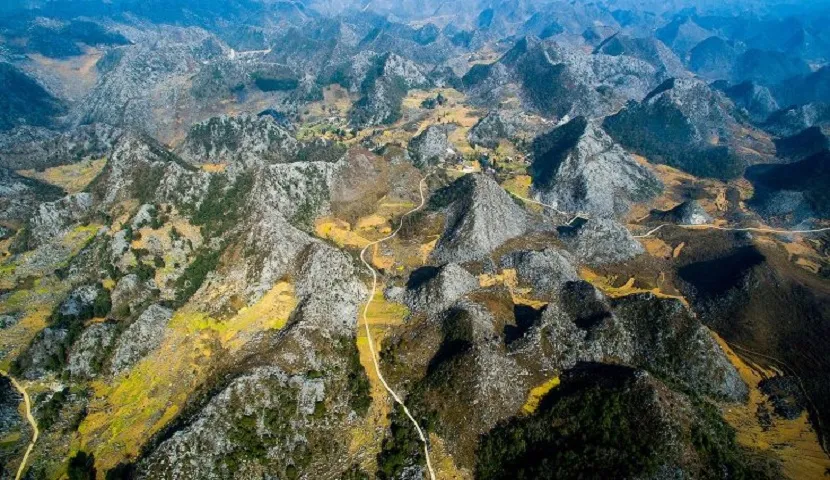







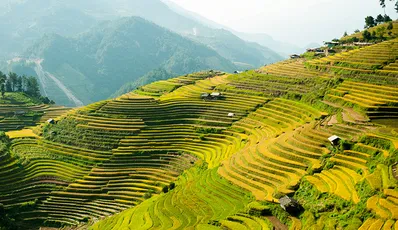
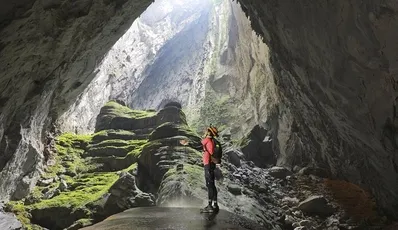
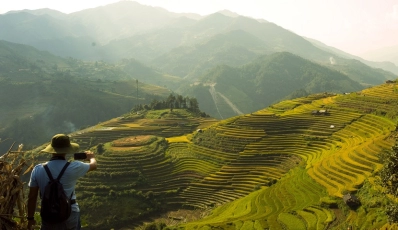
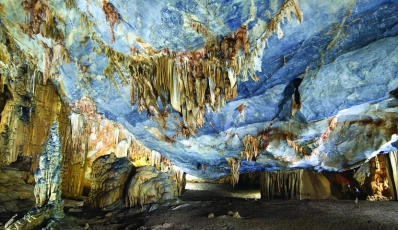


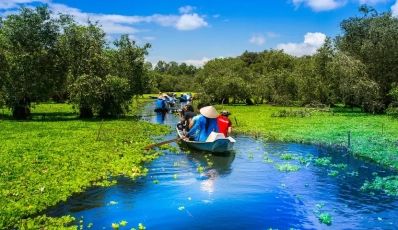

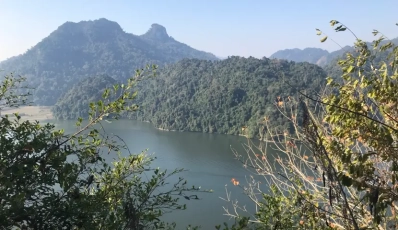




 TRAVELERS' CHOICE 2025
TRAVELERS' CHOICE 2025 



02 Comments
Western Sahara
Vietnam
Write Reply